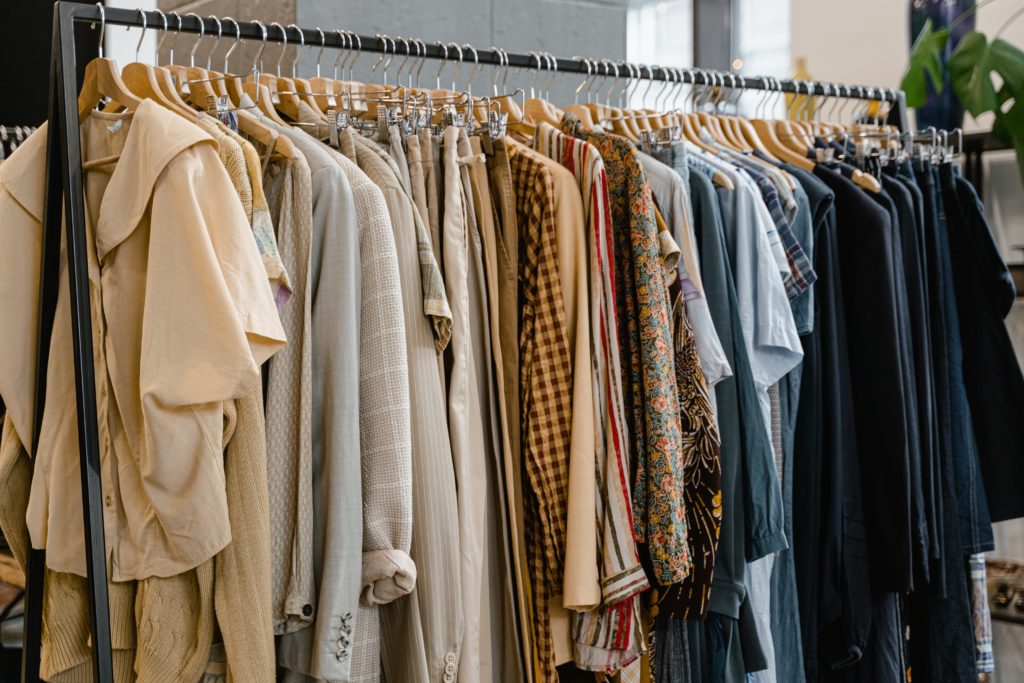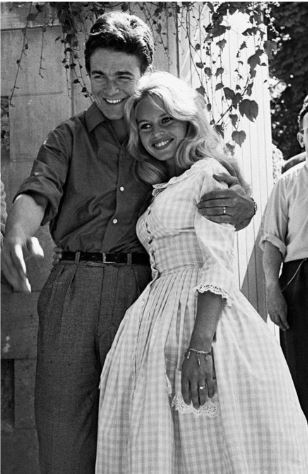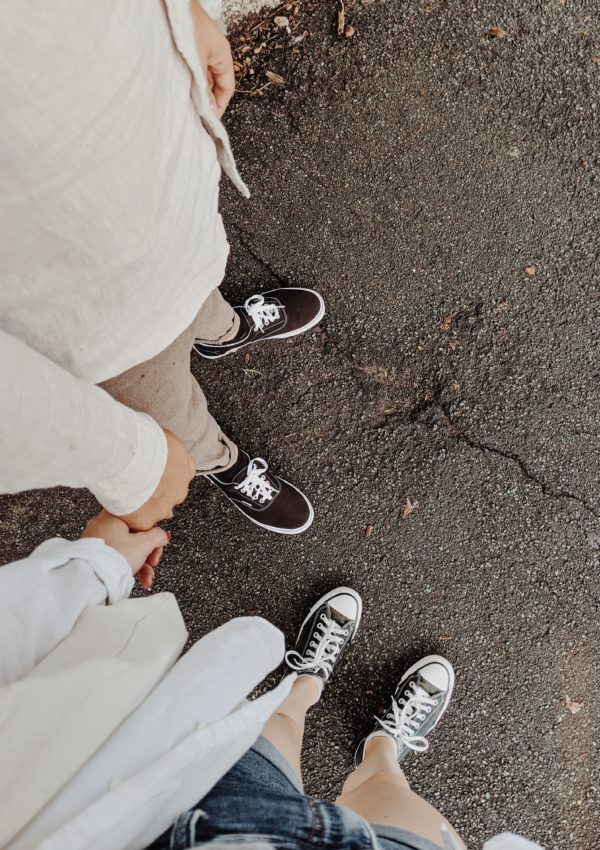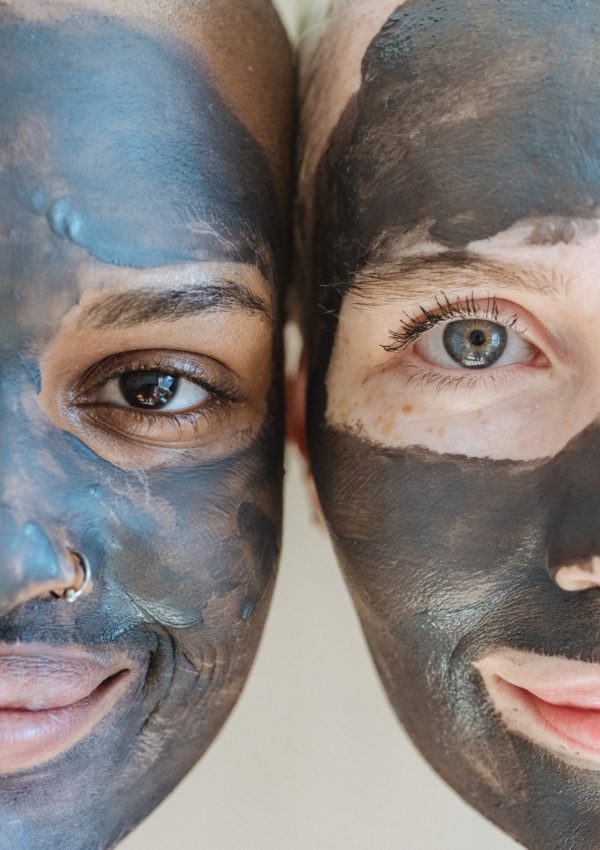
Sustainable Fashion is a lifestyle movement that has been growing in popularity. Living minimalistic is about simplifying your life. By embracing minimalism, you can reduce stress, increase productivity, and create a sense of peace in your life. One of the key aspects of minimalistic living is building a sustainable and stylish wardrobe.
Simplifying your wardrobe will bring a great feeling of satisfaction and help you live more efficiently. Accomplishing goals is easier when you have less distractions. A stylish wardrobe will make you feel more confident. Simple + Stylish = win win.
Sustainable Fashion
Sustainable fashion is a term that refers to clothing, shoes, and accessories that are produced, designed, and consumed in a way that minimizes the environmental impact and promotes social responsibility. It’s about creating fashion that is is both beautiful and environmentally and ethically made. With the rise in environmental consciousness, sustainable fashion has become an important topic in the fashion industry.
In this article, “Building a Sustainable and Stylish Wardrobe: A Guide to Minimalistic Living,” we will explore the key concepts of minimalistic living and sustainable fashion, and provide tips and tricks on how to build a wardrobe that’s both stylish and eco-friendly. Additionally, we will show you how to declutter your wardrobe. This guide will show you will have a better understanding of how to create a sustainable and stylish wardrobe that aligns with the minimalistic lifestyle.
The term “fast fashion” was coined in the late 1990s to describe the trend of fashion retailers quickly producing large quantities of inexpensive clothing based on the latest trends, in order to respond quickly to consumer demand. This business model, which is characterized by low prices, a high turnover of styles, and a focus on fast production and delivery, has become increasingly prevalent in the fashion industry since then. The rise of fast fashion is often attributed to a number of factors such as globalization, the growth of the retail industry, and the increasing availability of cheap clothing manufacturing in developing countries.
There are several types of sustainable fashion, including:
- Organic: Organic clothing is made from natural fibers that are grown without the use of pesticides or synthetic fertilizers. This type of sustainable fashion is better for the environment and for the farmers who produce the fibers.
- Recycled: Recycled fashion is made from materials that have been repurposed from other products. This can include clothing made from recycled plastic bottles or fabric scraps.
- Upcycled: Upcycling is the process of taking an existing item and transforming it into something new and different. This type of sustainable fashion is often unique and one-of-a-kind.
- Ethical: Ethical fashion refers to clothing that is produced in an ethical and responsible way. This can include fair labor practices, safe working conditions, and transparency in the supply chain.
Why sustainable fashion matters? The fashion industry is one of the most polluting industries in the world. Think about everything you buy that is made with cheap fabric that will not last and have to be disposed of after wearing only a few times. Additionally, if you buy something not made or sourced as locally as possible it has to be transported across the plant to get to you, only to end up in a landfill. By choosing sustainable fashion, we can reduce our environmental impact and support ethical production methods.
Tips on how to shop for sustainable fashion
- Research the brands you buy from. Look for certifications such as organic, fair trade, or recycled.
- Invest in quality clothing that will last longer.
- Shop second-hand or vintage clothing.
- Support local designers and boutiques.
- Be mindful of the materials used in the clothing you purchase.
Quality Over Quantity
The importance of quality over quantity when building a sustainable wardrobe is that by investing in higher-quality clothing, you can reduce the amount of waste that is generated and decrease your overall environmental impact.
When you purchase low-quality, fast-fashion items, you may find that they wear out quickly or go out of style. As a result, you may end up replacing them frequently, which generates a lot of textile waste and puts pressure on the environment.
On the other hand, when you invest in higher-quality clothing, you can be sure that they will last longer, which means you won’t need to replace them as often. This not only saves you money in the long run, but it also reduces the amount of textile waste that is produced. Additionally, when you invest in quality clothing, you can be sure that it is made with better materials and construction, which means it will look better, feel better, and last longer.
Another aspect to consider is that when you buy quality items, you are more likely to take care of them, which means they will last longer. You will also be more likely to wear them more often, which means you will get more value out of them.
In addition, when you invest in quality clothing, you are also more likely to choose timeless styles and classic pieces that will never go out of fashion. This means that you can wear them for years to come, which again reduces the amount of textile waste that is produced.
Learning from the Past
It’s worth noting that as recently as the 1950s, many women only had a few dresses in their wardrobe. They were more likely to purchase a dress or outfit that they could wear in a variety of situations, rather than having a large number of different dresses for different occasions. Also, the cost of clothes were relatively high, owning a lot of clothes would have been a luxury for many.
Declutter your closet for a minimalistic life changer!
Here are some tips on how to declutter your wardrobe:
- Start with a clear mindset: Set a goal and a plan before you begin. Decide what you want to achieve by decluttering your wardrobe and come up with a strategy to make it happen.
- Get rid of items you haven’t worn in the past year: Go through your wardrobe and pull out any items that you haven’t worn in the past year. These are items that you probably don’t need or love anymore.
- Be honest about what doesn’t fit or flatters: Get rid of clothes that don’t fit or flatter your body shape. Even if you love the item, if it doesn’t look good on you, it’s not worth keeping.
- Be realistic about your lifestyle: Keep only the clothes that are appropriate for your lifestyle. If you don’t work out, you probably don’t need a lot of workout clothes. If you don’t go out much, you probably don’t need a lot of formal wear.
- Organize your wardrobe: Once you’ve decluttered, organize your wardrobe so that it’s easy to see what you have. This will make it easier to mix and match, and you’ll be more likely to wear the items you have.
- Get rid of items with stains or holes: Get rid of items that are stained, torn or otherwise damaged. They are unlikely to be worn again, and they take up valuable space in your wardrobe.
- Be mindful of sentimental value: Be mindful of sentimental value when decluttering. It’s okay to keep some items for sentimental reasons, but be honest with yourself about how often you wear them.
- Consider other options before throwing away: Before getting rid of clothes, consider other options such as selling or donating them.
- Repeat the process regularly: Decluttering should be an ongoing process, not a one-time event. Repeat the process regularly to keep your wardrobe in check.
By following these tips, you can declutter your wardrobe and make room for the clothes you love and wear often. This will make it easier to get dressed in the morning, save time, and reduce stress. Additionally, it helps you to be more mindful about your clothing choices and it’s a step towards a more sustainable lifestyle.
Sustainable fashion is an important aspect of building a minimalistic wardrobe. By understanding the different types of sustainable fashion, the importance of sustainable fashion, and how to shop for it, you can make informed choices that align with your values and minimize your environmental impact.
Feedback:
What ways do you include minimalistic living in your style choices?

Shop Sustainable Fashion
Here are some sustainable shopping choices to consider!





